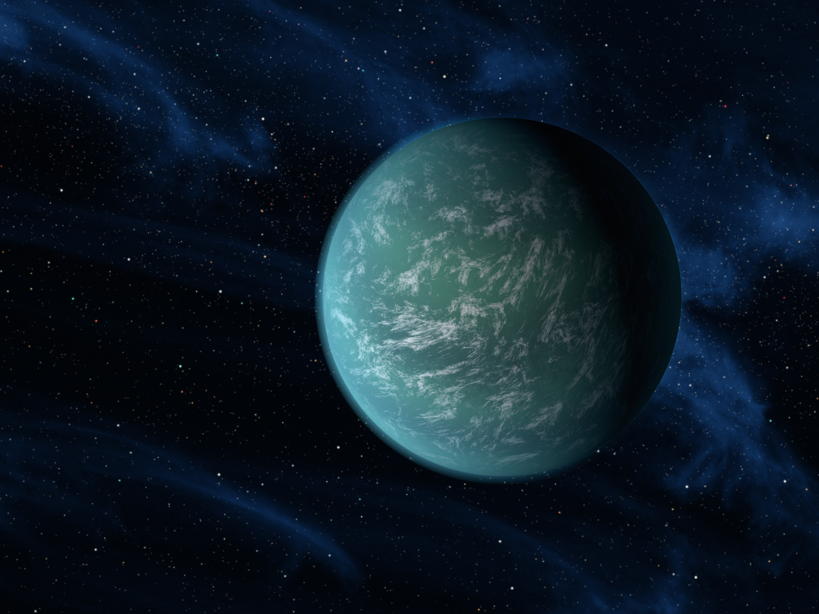HMC Physics Colloquium
Tuesdays at 16:30 in Shanahan Center for Teaching and Learning, Room B460
Leslie Rodgers
Caltech
Jan. 21, 2014
Sub-Neptune and super-Earth sized planets are a new planet category. They account for 80% of the planet candidates discovered by Kepler, and 0% of the planets in the Solar System. What is the nature of these sub-Neptune-size planets, how did they form, and why are they so numerous? I will review some highlights from the complement of exotic sub-Neptune-size planets discovered to date and present an updated planet mass-radius diagram, including new Keck radial velocity measured masses (or mass upper limits) for 42 small Kepler transiting planet candidates. From the observed planet mass-radius distribution, I’ll theorize about why parts of the distribution are unpopulated and about whether this could be a signature of planet formation and evolution. I’ll focus on the intriguing transition between rocky exoplanets (comprised of iron and silicates) and planets with voluminous layers of volatiles (H/He and astrophysical ices), and explore how the current census of planets constrains this transition.



